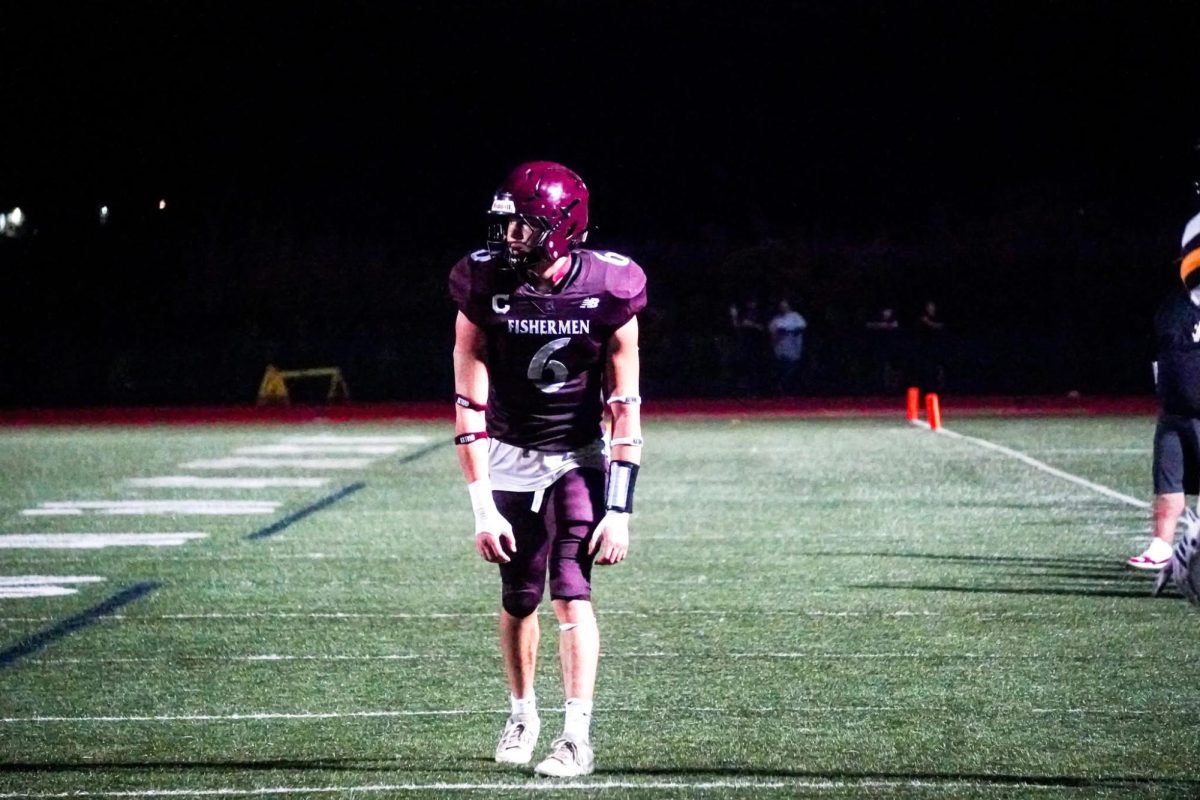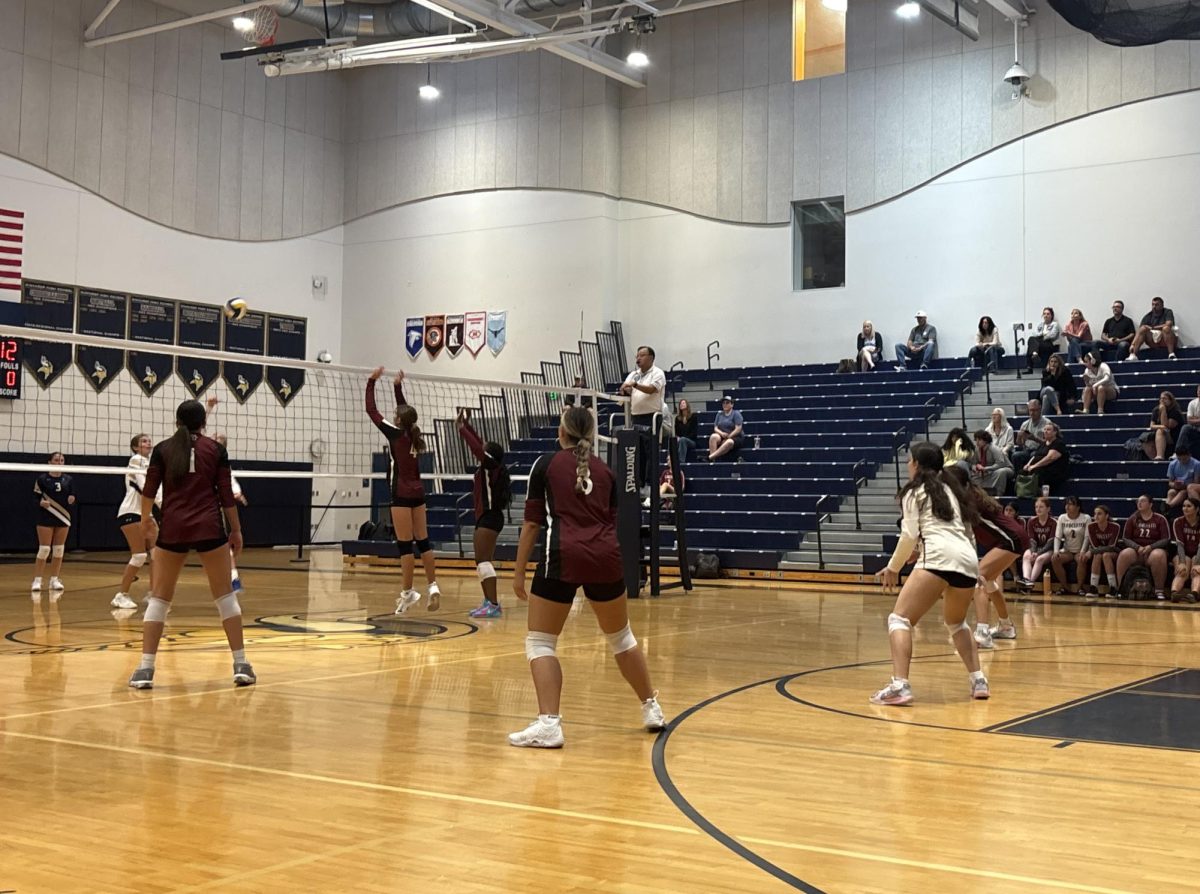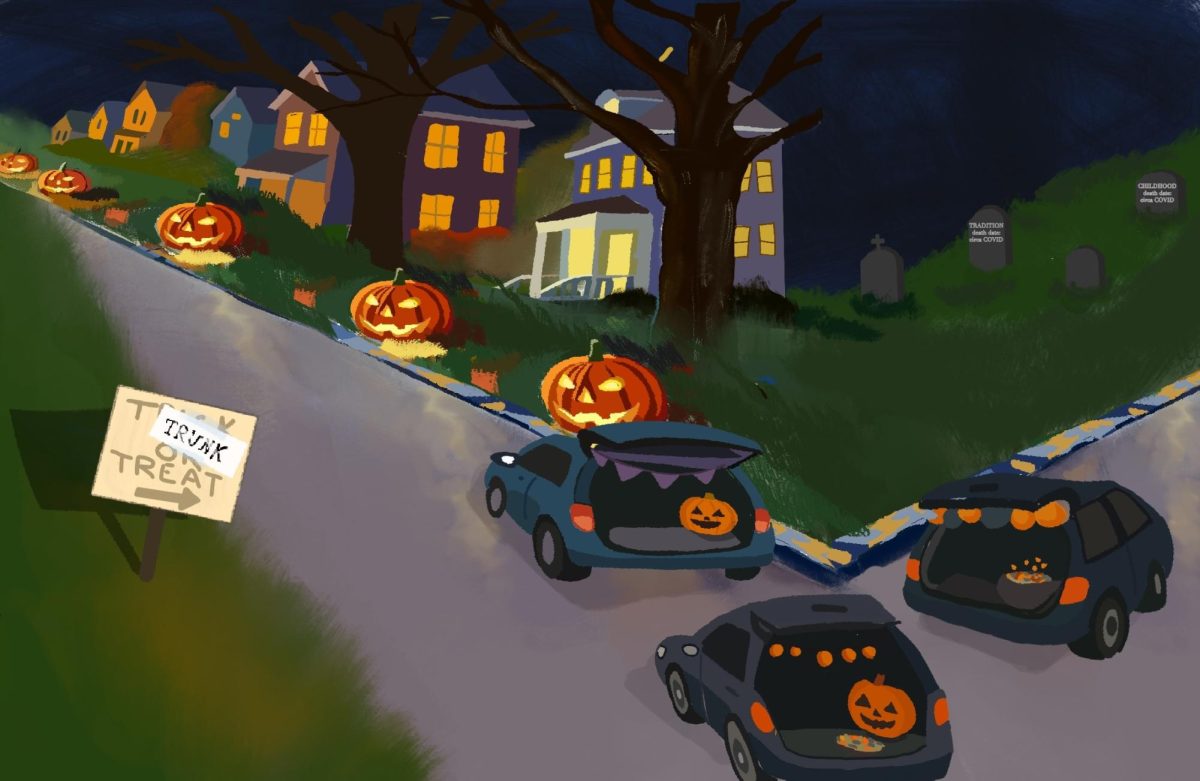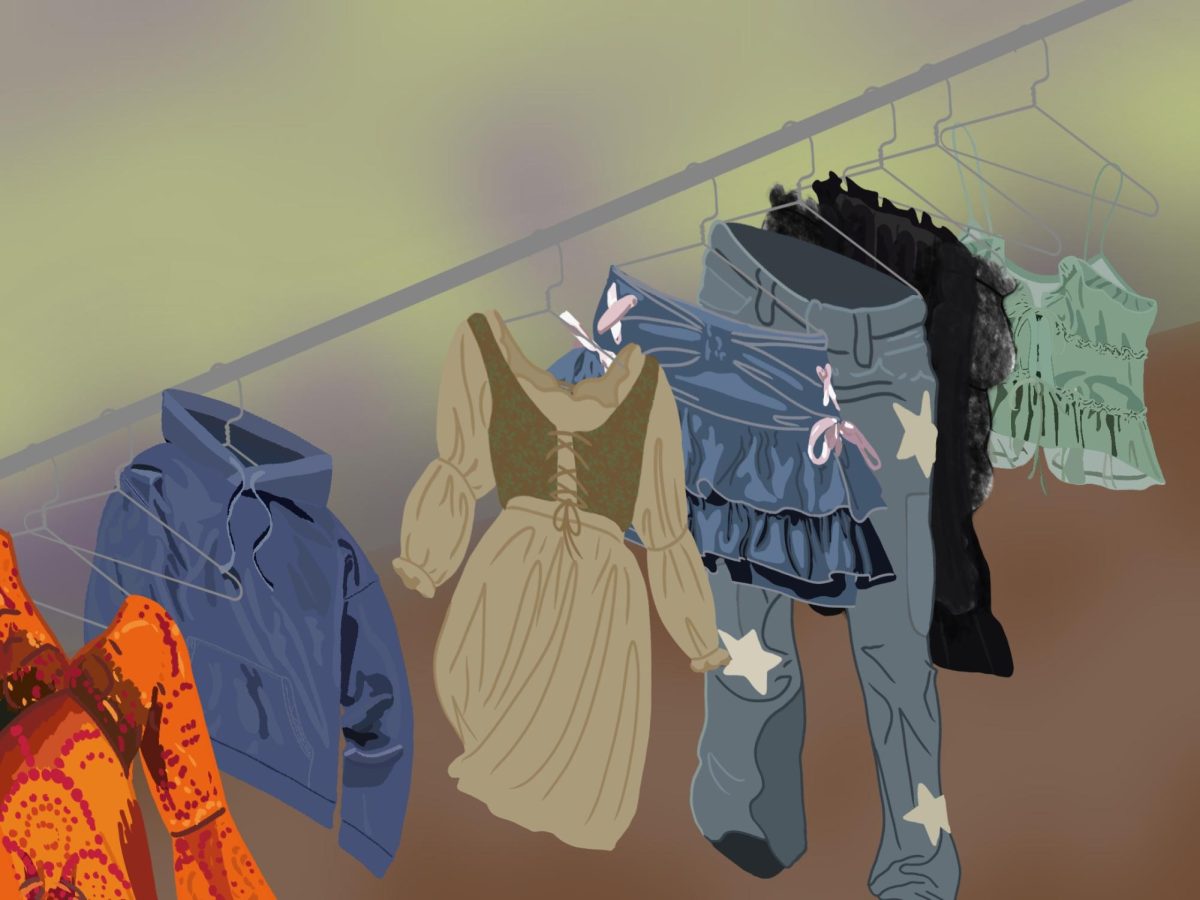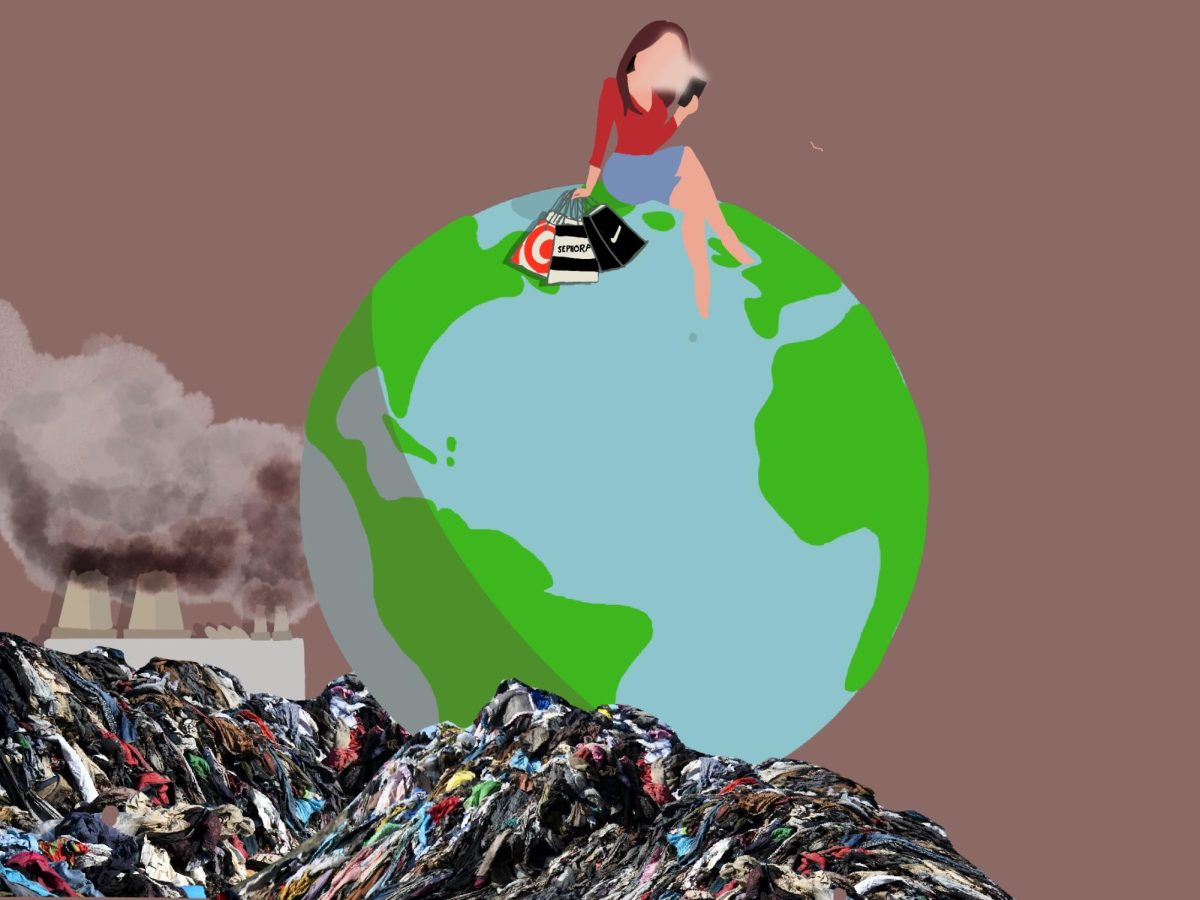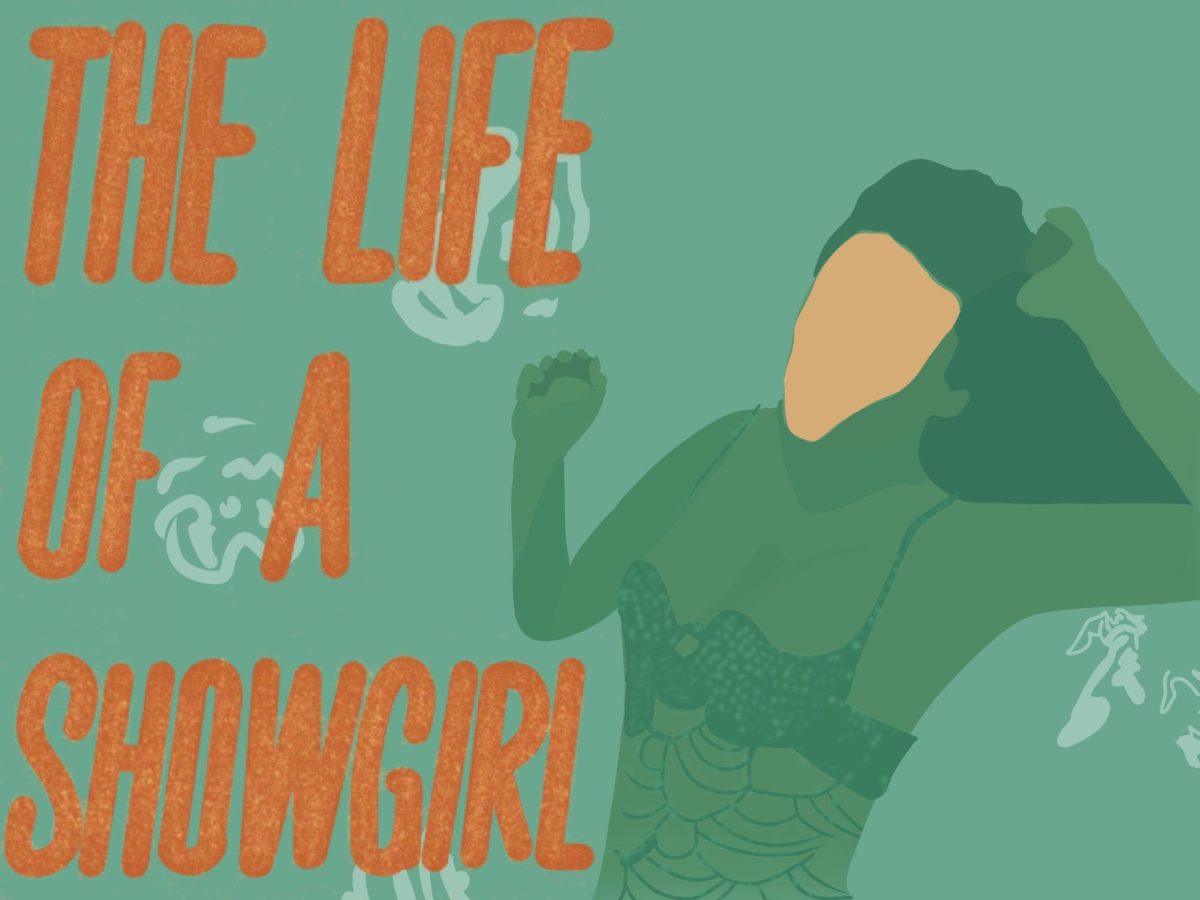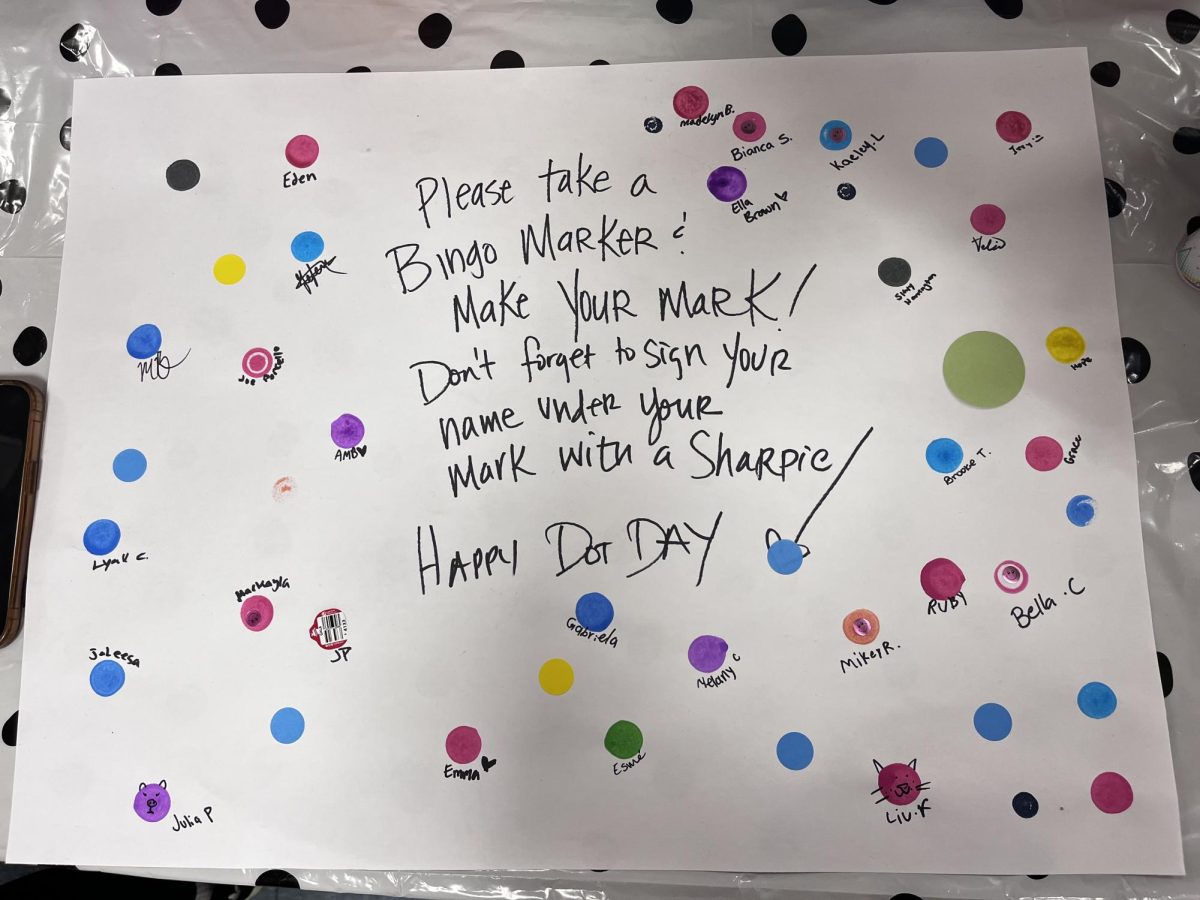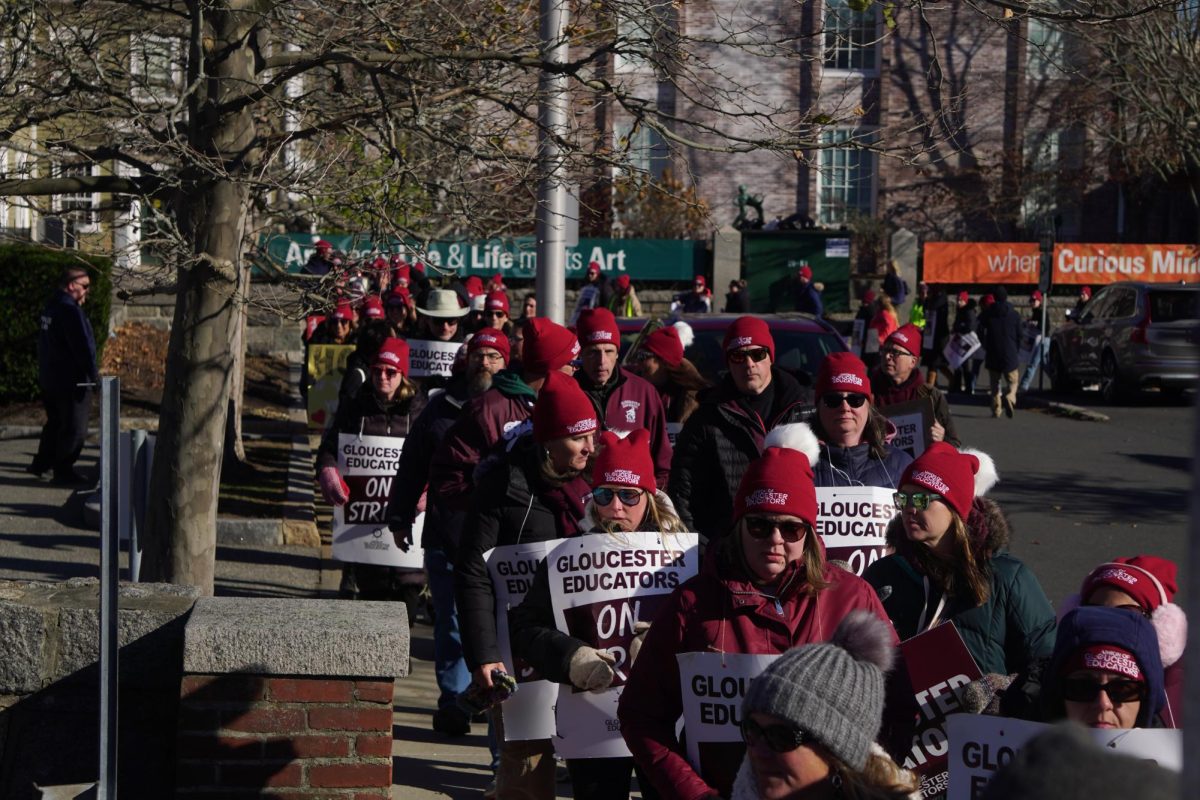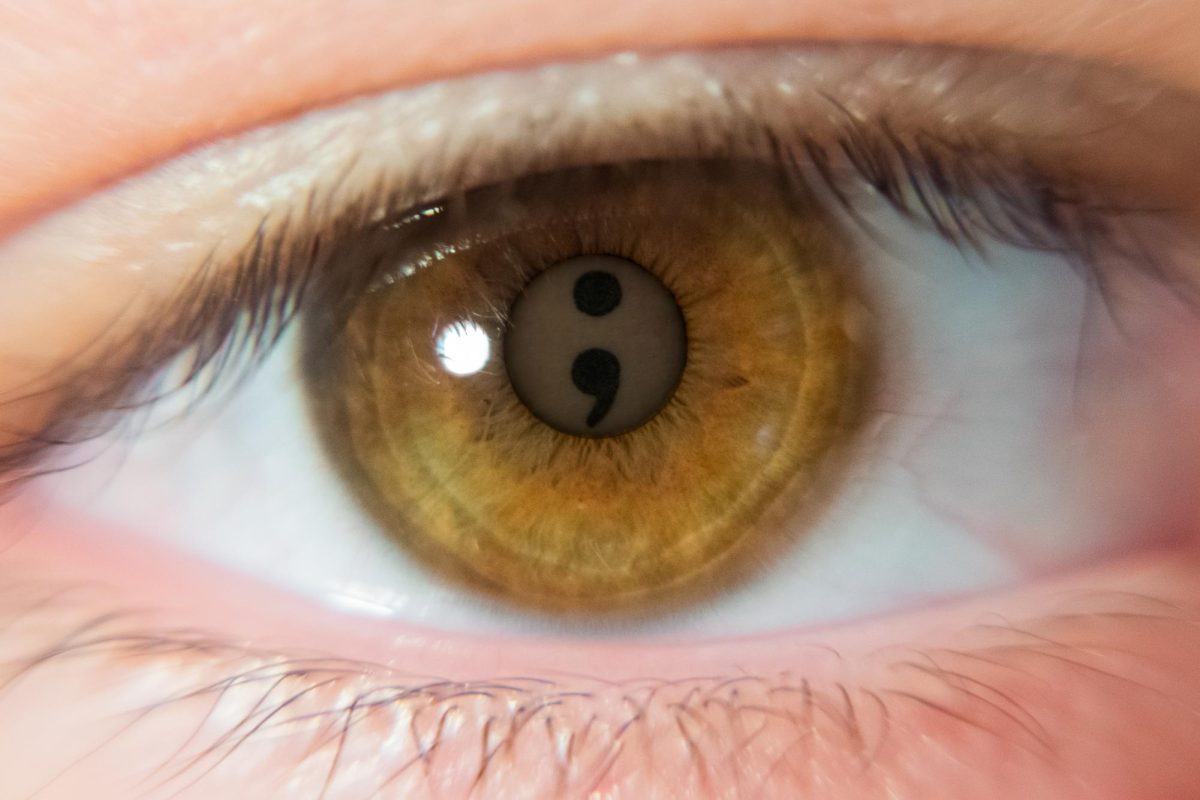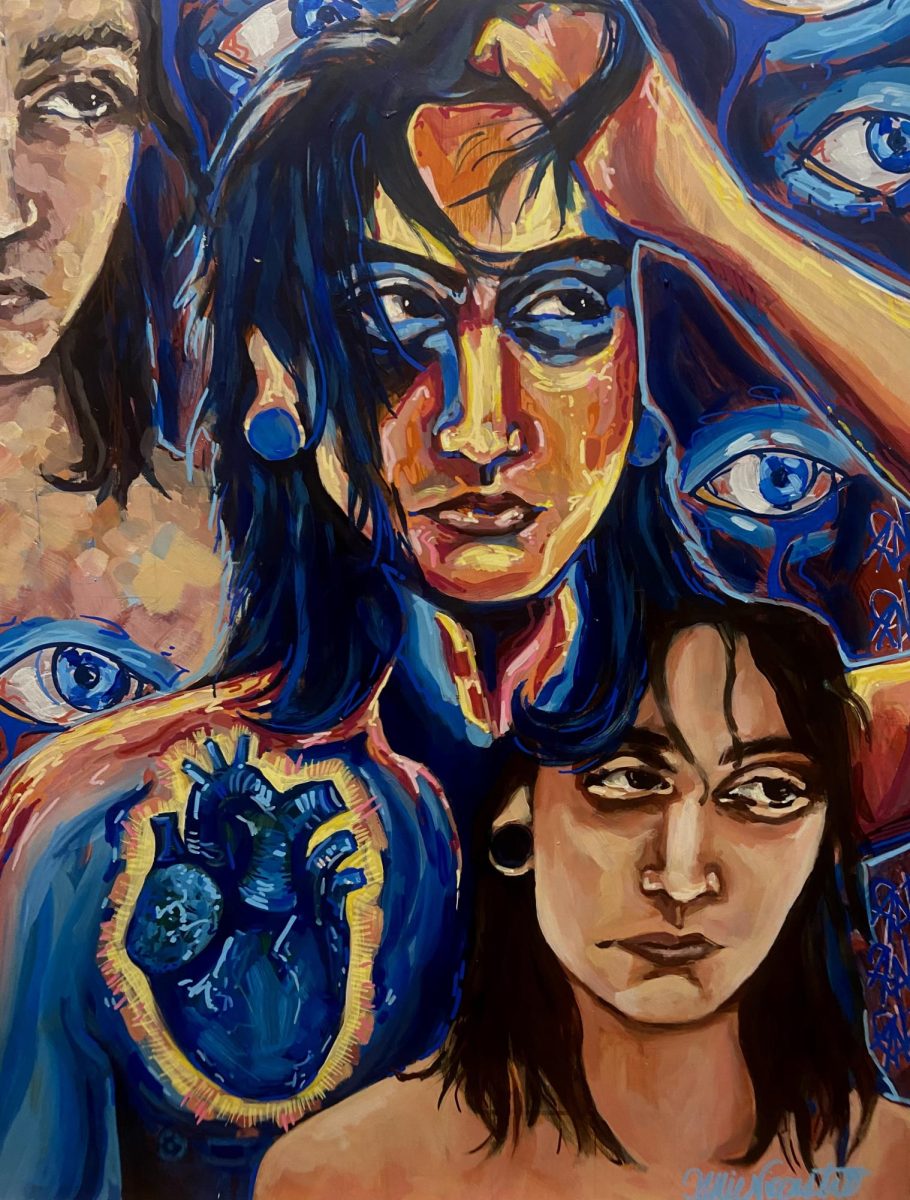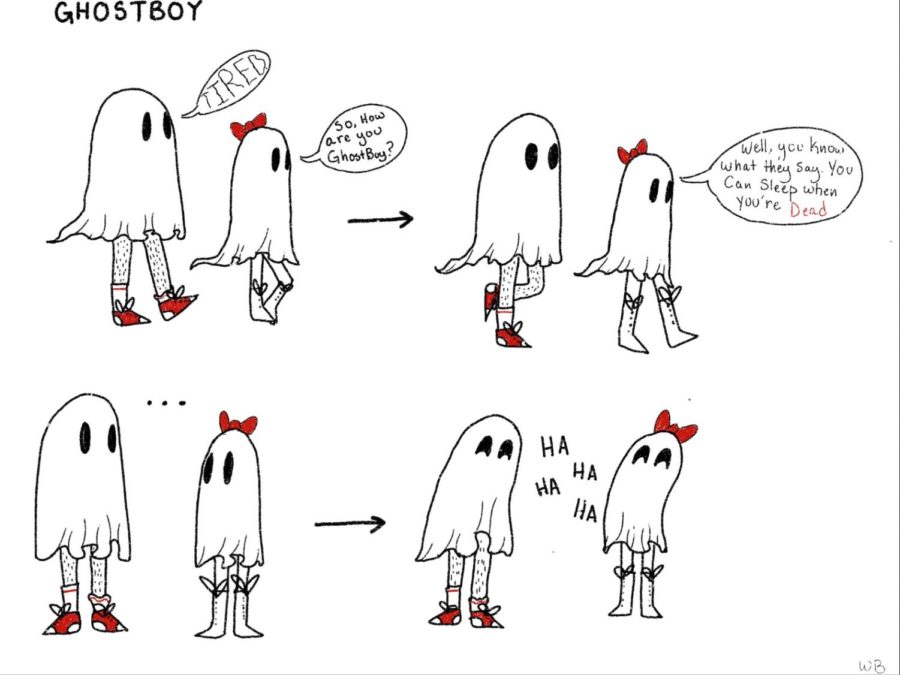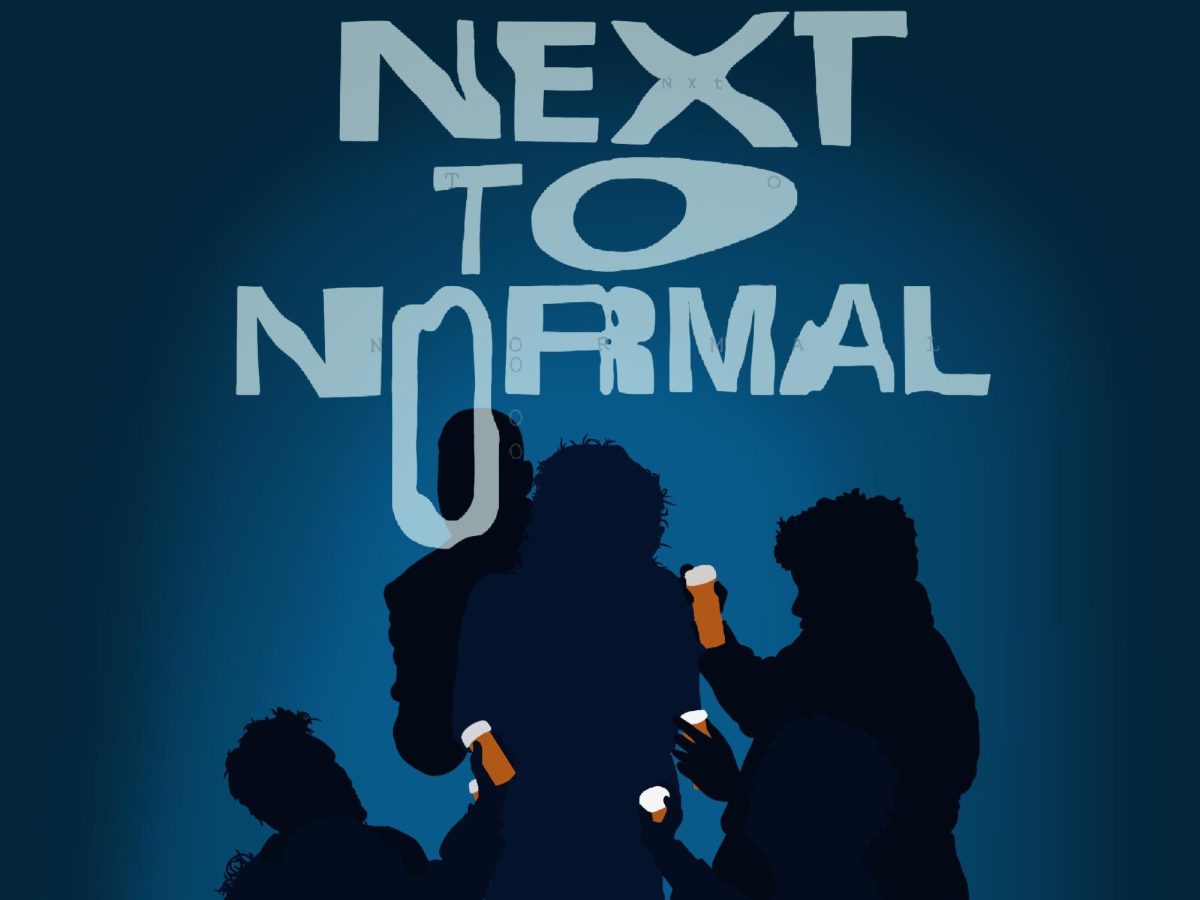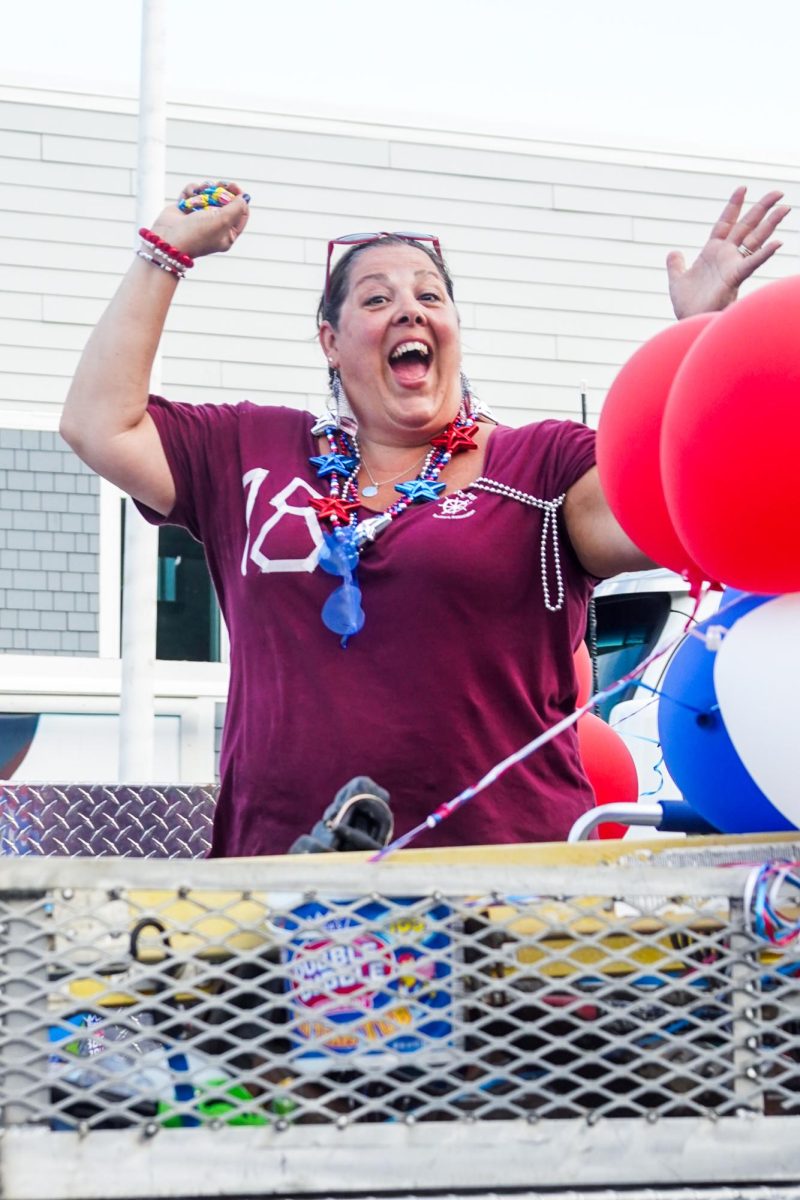A mother grappling with bipolar disorder and the grief of losing her son, a daughter who has been overshadowed by her dead brother her whole life, a father trying to cope with his wife’s health and his own grief, and a dead son who is haunting the narrative.
Next to Normal is an incredible rock musical written by Tom Kitt and Brian Yorkey that produces a heart wrenching display of mental illness and loss. The musical debuted on Broadway in 2009, followed by a national tour. Next to Normal has recently been revived in London on the West End, which has been filmed and is available to view on PBS until July 1st, 2025.
The West End cast steps into their roles perfectly and delivers a stunning performance that truthfully represents mental illness. The cast consists of Caissie Levy as Diana, Jamie Parker as Dan, Eleanor Worthington-Cox as Natalie, Jack Wolfe as Gabe, Trevor Dion Nicholas as Dr. Madden/Dr. Fine, and Jack Ofrecio as Henry.
Every choice from direction to props to costuming to music is intentional in the pro-shot of this production. Everything has a goal to elevate the visual storytelling and to provoke thought and emotion from the viewer.
The symbolism in the production, between the characters themselves, the props and costumes, and the lighting is what completes the show. It adds a layer of depth to the visual story and makes it so much more emotional.
The most important aspect of the show to understand is Gabe’s character. Gabe is the son of Diana and Dan. He died when he was eight months old due to an intestinal obstruction. In the show, he is Diana’s hallucination. He is seen as how Diana imagines he’d be as an eighteen year old. Except he’s not. His character isn’t actually a hallucination. He is the personification of grief and pain. This is explained through lyrics and specific moments between characters.
He interacts with each character differently, because he is each person’s perception of their personal grief. Diana’s Gabe is very sweet, innocent, and childlike. He crawls on the floor during a song as a baby would and he is always curling up into her as a child would to their mother. Dan’s Gabe is very haunting, sinister, and almost evil. Dan is ignoring his grief and letting it fester which is only making it grow and haunt him. Gabe never interacts with Henry, Natalie’s boyfriend, or Dr. Madden because they have no grief for this baby that they never knew. Gabe only interacts with Natalie at the very end of the show after she learned for the first time what actually happened to him and who he was. She is letting the grief that her family carries touch her, literally, and it is a fleeting moment where she doesn’t even see him, because she doesn’t truly know him.
Gabe being each person’s individual representation of grief is shown in “Make Up Your Mind/Catch Me I’m Falling” when Diana is getting hypnotized. Dr. Madden is instructing her to imagine herself walking and going down stairs and such. As he tells her to do things, we see Gabe in the background doing exactly as he says: walking down stairs into the dark, looking as though he’s walking through a door, walking across the stage. Then, as soon as Diana is fully hypnotized, we can’t see Gabe. He is no longer in her mind, so he does not exist.
A part of Gabe’s costume is his red backpack that we only see a few times. It’s a bright red that contrasts everything else in the show. The color palette is mostly dull, except for that one backpack and a few other items that aren’t there the whole time. Gabe is only ever seen wearing it when entering or exiting the stage, or when he’s about to. It’s possible that the bag represents Diana’s emotional baggage that she is trying to group together with the trauma she has from losing her son. But, it’s possible that it’s not the bag itself that’s significant, but the color.
The other items with this same vivid red are the toy car that we see before Gabe talks Diana into attempting to take her life, the clipboard that holds the forms for Diana to sign to agree to get the ECT treatment, and the flowers that Henry gives to Natalie which stay on the set while Diana remembers Gabe after the treatment. These are all significant moments of choice. Gabe leaving and entering with this bright red is representative of Diana’s personal choice whether or not to cling to him and bring him back or let go and move on without him.
With Gabe comes blue lighting. The lighting in the show changes constantly, and it often switches between bright, realistic house lights, and theatrical lights, but for some reason, Gabe is always seen cloaked in blue. Blue often represents sadness, depression, and even stability. And what is grief? It’s a sadness that will forever linger. It may lessen, but its existence in someone’s life is stable and it never truly goes away completely.
Because Gabe is always accompanied by blue lighting, we can assume that blue lighting is a way designers set up the distinction between fact and fiction, reality and fake. Often, but not always, the colorful lights are used to divide between what’s really happening in the characters’ reality and what is just a musical episode.
There are lots of significant lighting moments in the production, but my favorite and one that I think is very fascinating is at the end of “Just Another Day.” Diana is making sandwiches on the floor, completely out of it. She’s going through the motions, but she isn’t fully there and she starts going through an episode. And with her, the bright white ring of light she is in shakes more and more aggressively, kind of painting a picture of her mind rattling. As soon as she snaps out of it, the light stops. It is the lighting that really completes a show and adds the final touch of visuals to tell the story.
After Diana’s treatment, she has no memory of the last 18-19 years. This means she doesn’t remember marrying Dan, she doesn’t remember Natalie, and she doesn’t remember Gabe. Henry comes into the house to talk to Natalie, and Diana tells him that he reminds her of someone and she remembers his name. He reminds her of Gabe, she just doesn’t know it. This is such a tragic moment because it really makes it clear how much she looks over Natalie and favors her child who isn’t alive. She doesn’t remember her own daughter, but she does remember her daughter’s boyfriend only because he reminds her of Gabe and she is subconsciously holding onto him.
Another significant object is Natalie’s blue scrunchie. She gives this scrunchie to Henry at the beginning of the musical. He keeps the scrunchie on his wrist until he gives it back to her at the end of the production. Why is this so significant? The scrunchie is a symbol representing Natalie’s baggage and emotional burden. When Natalie and Henry start dating, she gives it to him to help carry the weight of her issues. Then, he holds on to it when she starts drifting away from him so that he still has a grip on some part of her. He is still there for her and continues to help her. He gives it back to her when he knows they are secure together because she needs to learn to deal with her emotions herself. It’s a small detail that holds such importance because it’s so important for people to be able to cope by themselves and not be completely dependent on anyone else.
When it comes to directing and blocking, there are so many subtle movements and motions that the actors do to deepen the emotional appeal of their characters. Some of them are upsetting and some are just fascinating.
Throughout the show, there are some things that Gabe does that makes you think about the fact that he was only eight months old when he died, so Diana’s perception of him has some baby characteristics because that’s how she remembers him. He crawls on the ground for a few seconds at one point. It isn’t necessarily a baby crawl, but it is still crawling. He also constantly curls up into Diana as a child would to their mother and vice versa like he is an eighteen year old caring for his mother.
A sickening action that Gabe repeats throughout the musical is whenever he’s in pain, crying, upset, or afraid, he clutches or hugs his stomach because he died of an intestinal blockage and he’s reminded of dying or afraid of leaving again and that’s the way he knows how to go.
Another part of Gabe’s blocking I find captivating is how after “Aftershocks,” when Diana starts to remember him, his silhouette is just lingering above everyone, waiting for her to remember. It’s kind of a representation of how Diana remembers him throughout those scenes, he’s just a blurry, unnameable presence, but he’s definitely there. Right before she’s about to fully remember him, the light around him gets very bright, illuminating his presence even more, and then as soon as he is remembered, the screen that was hiding him lifts and he is fully visible.
There isn’t that much to analyze when it comes to Dan. For the most part, his character is very literal and everything is laid out obviously. But, there is one thing that he’s hiding the entire performance. Throughout the show, there are moments where you wonder if he knows Gabe is there or if Dan can see or hear him. The show opens with Gabe coming inside and talking to Diana. Then, Dan comes down and asks Diana who she was talking to because he heard voices. He heard multiple voices meaning he heard Gabe. This is very easily overlooked, especially if it’s someone’s first time watching because we don’t yet know that Gabe is dead.
Then, in “Just Another Day”, the second song, Gabe jingles the keys Dan is looking for by his head almost as a test to see if he’ll look over at him. It seems like Gabe knows that Dan can see him and is just ignoring him. It’s confirmed that Dan could see and hear Gabe at the end when Diana leaves and Dan asks Gabe “Why didn’t you go with her?” He had convinced himself that his grief was just more of Diana’s and ignored Gabe because he wasn’t Dan’s grief to deal with.
Many of the lyrics and writing tend to have a deeper meaning and there are lots of parallels in the writing.
After the viewer learns that Gabe is dead, the songs “You Don’t Know” and “I Am the One” are performed. In these, Gabe begs Dan to look at him, which is also him asking Dan to acknowledge his grief, and then yells at Dan. He sings, “Are you hurting? Are you healing? Are you hoping for a life to live? Well, so am I,” because he is looking for a life to live. He also sings “wish I were here,” in “Wish I Were Here”. Everyone sings this line, but he sings it alone first because he is actively being wiped from Diana’s memory and he wants to be there to keep himself, or this version of himself, alive. He also wishes to be there physically, like everybody else is.
In the following song, “Superboy and the Invisible Girl”, Natalie sings about her being overshadowed and looked over by Gabe. Despite him being dead, he’s still the favorite child and she is ignored and feels invisible. In fact, she wouldn’t even exist if Gabe hadn’t died, because she was born as a replacement. At the end of this song, Gabe joins in and pushes her off the melody and into the harmony so that he can sing the melody. This is the most perfect symbolism and it is absolutely heartbreaking because it is him proving that no matter what she is overlooked and less important.
Another important lyrical moment is during “I’m Alive (Reprise)” after Diana leaves the house. Gabe is on the counter yelling. It doesn’t seem like it is directed at any one person, but the lyrics feel directed towards Dan: “Until you name me, you can’t tame me. This is one old game that I can play so well.” It could be interpreted as Gabe telling Dan to either say his name and mourn his son, or to just acknowledge his grief and his pain, because the Gabe we see is a physical embodiment of grief, instead of brushing it off as Diana’s. If he takes the time and energy to grieve and to acknowledge that he is still grieving, he will be able to tame that grief and it will lessen. The idea that Dan acknowledging Gabe would be beneficial persists throughout the entire production.
We see it also in “I Am the One” when Gabe is telling Dan to look at him. It seems menacing, but I see it as though he’s trying to help, because he knows that if Dan was also grieving, Diana would feel less crazy. It also shows up again at the end of the musical after Diana leaves and Gabe stays. Dan and Gabe have an emotional scene together and Gabe tells Dan that he knows who he is, to which Dan responds saying Gabe’s name. This is the first time in the entire show that his name is said. Before this, the audience didn’t know his name and nobody had referred to him by his name. This is a moment of release for Dan because he finally sees his grief and this it is his and not Diana’s. He accepts that it is with him and he faces it. After this, Gabe leaves. This is such a profound moment, because it is proving that all along, Dan needed to grieve on his own and not be clouded by Diana’s mental health. If he had the space to mourn, he may have been able to better support Diana.
The visual elements of a production are what fully complete it and they add a whole other layer to the story. The West End cast production of Next to Normal goes absolutely above and beyond in this. This show is an absolute masterpiece, just ask my recently played list on Spotify.
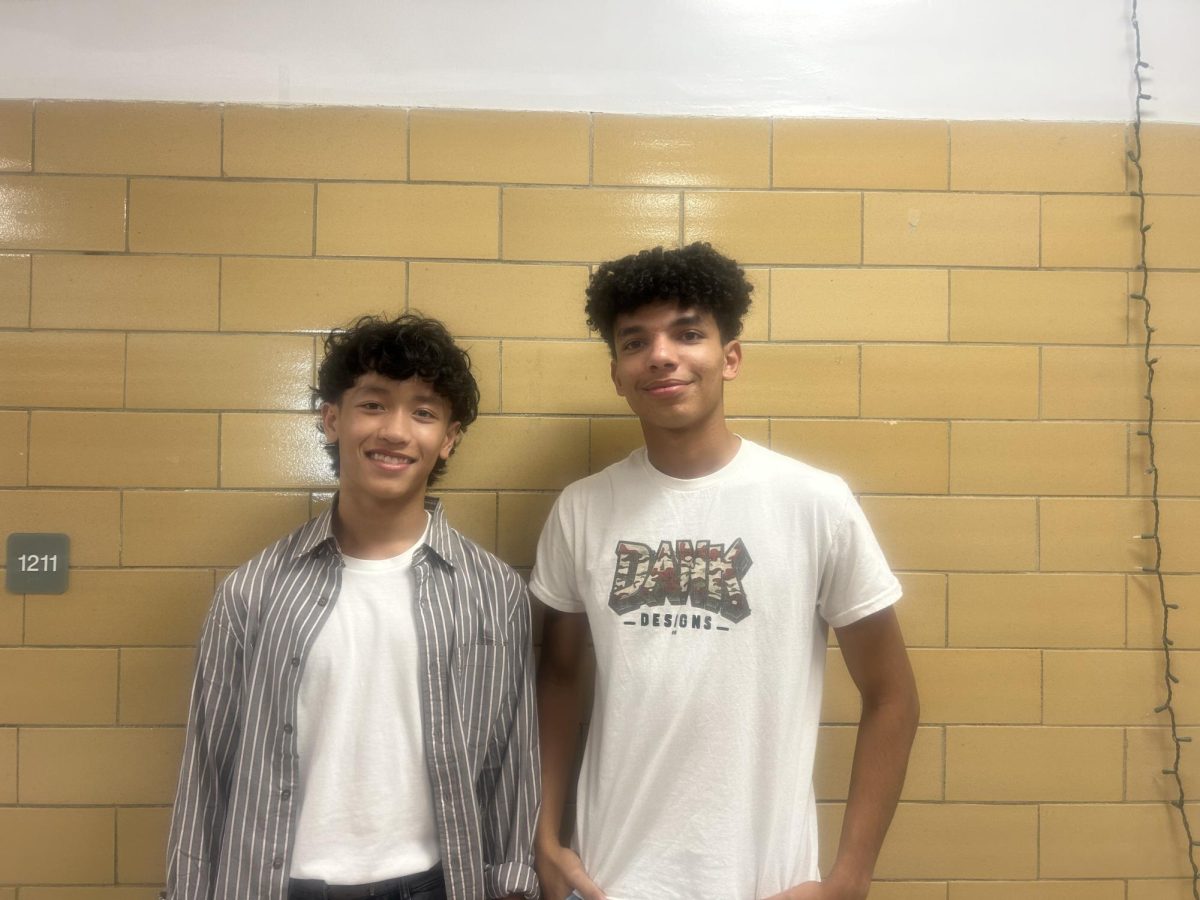
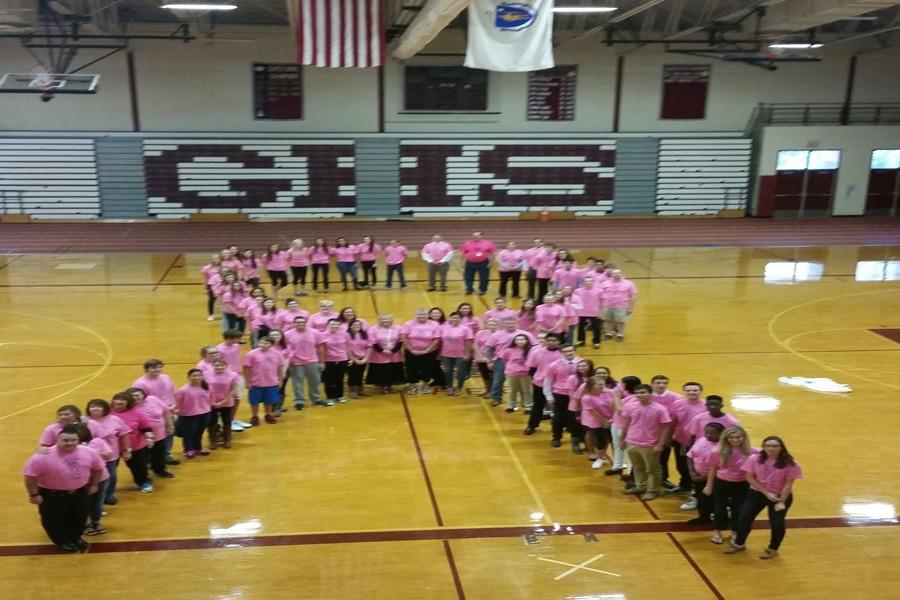
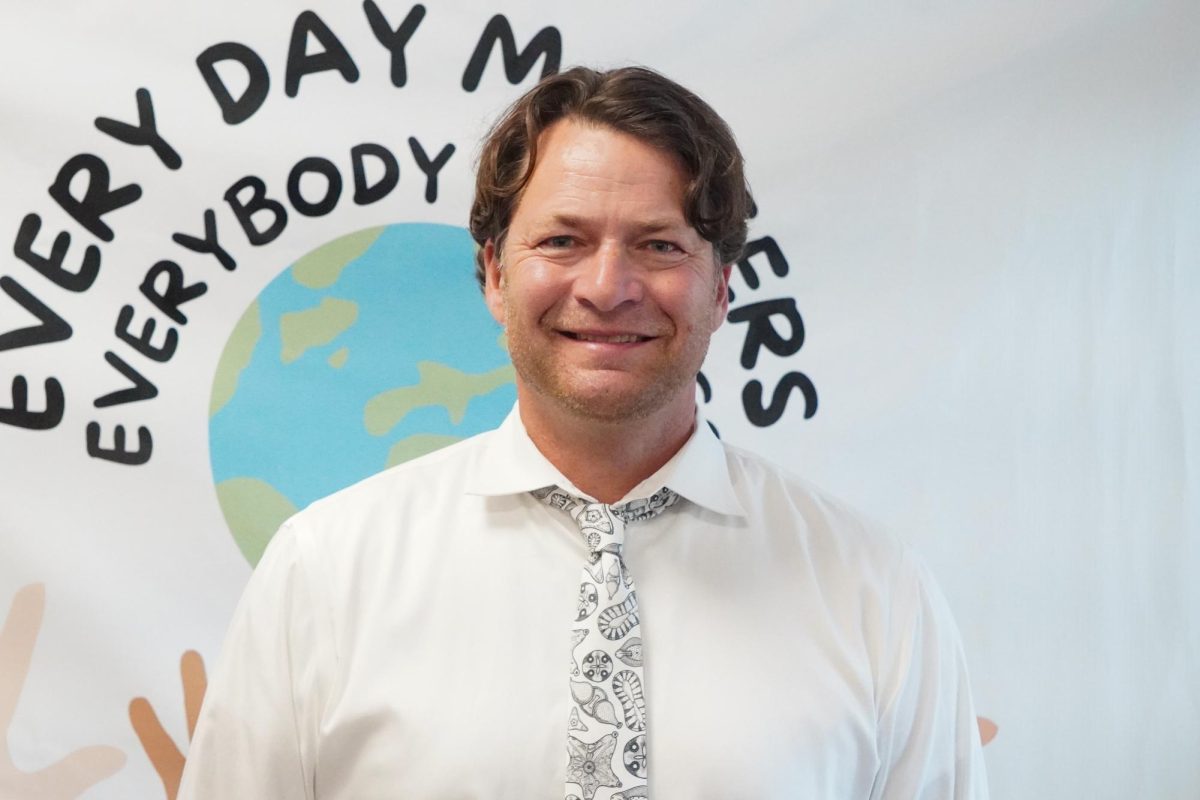
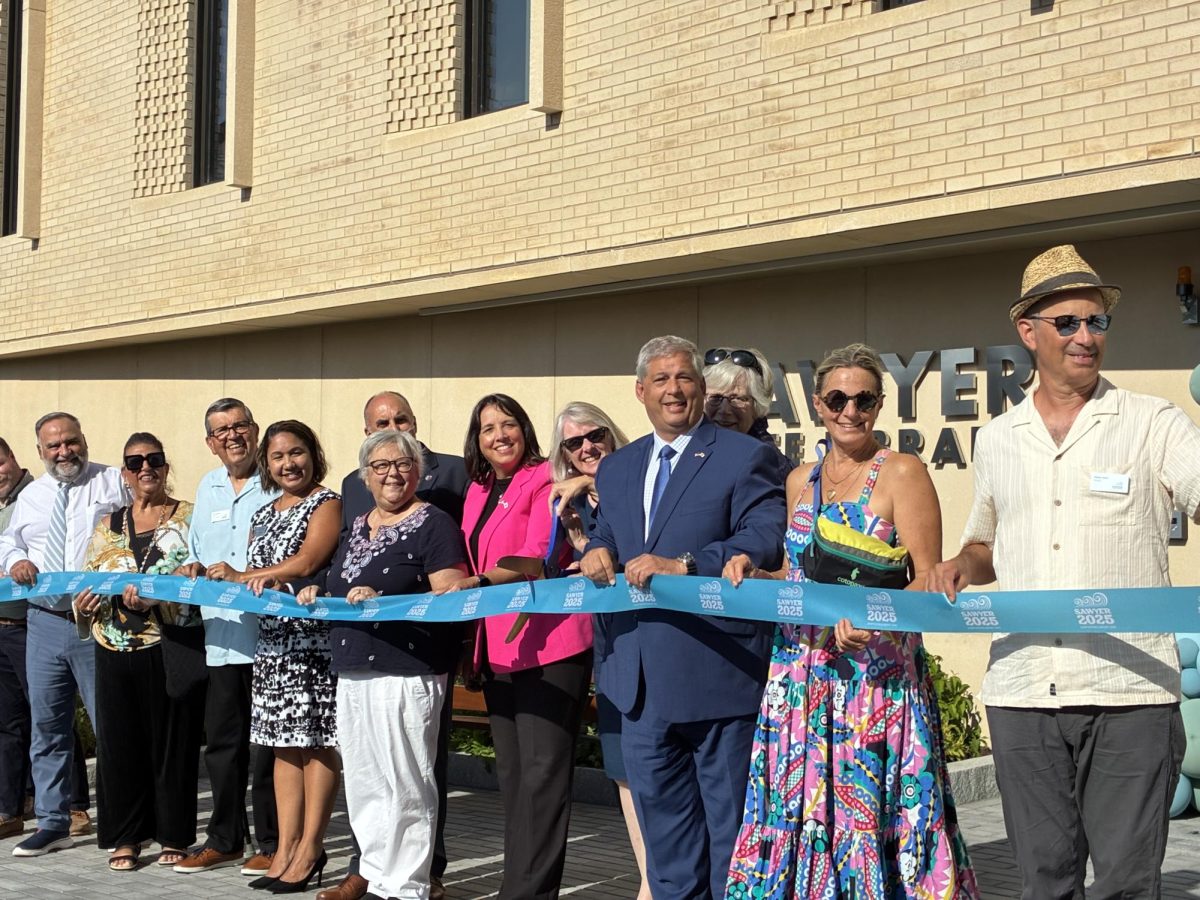
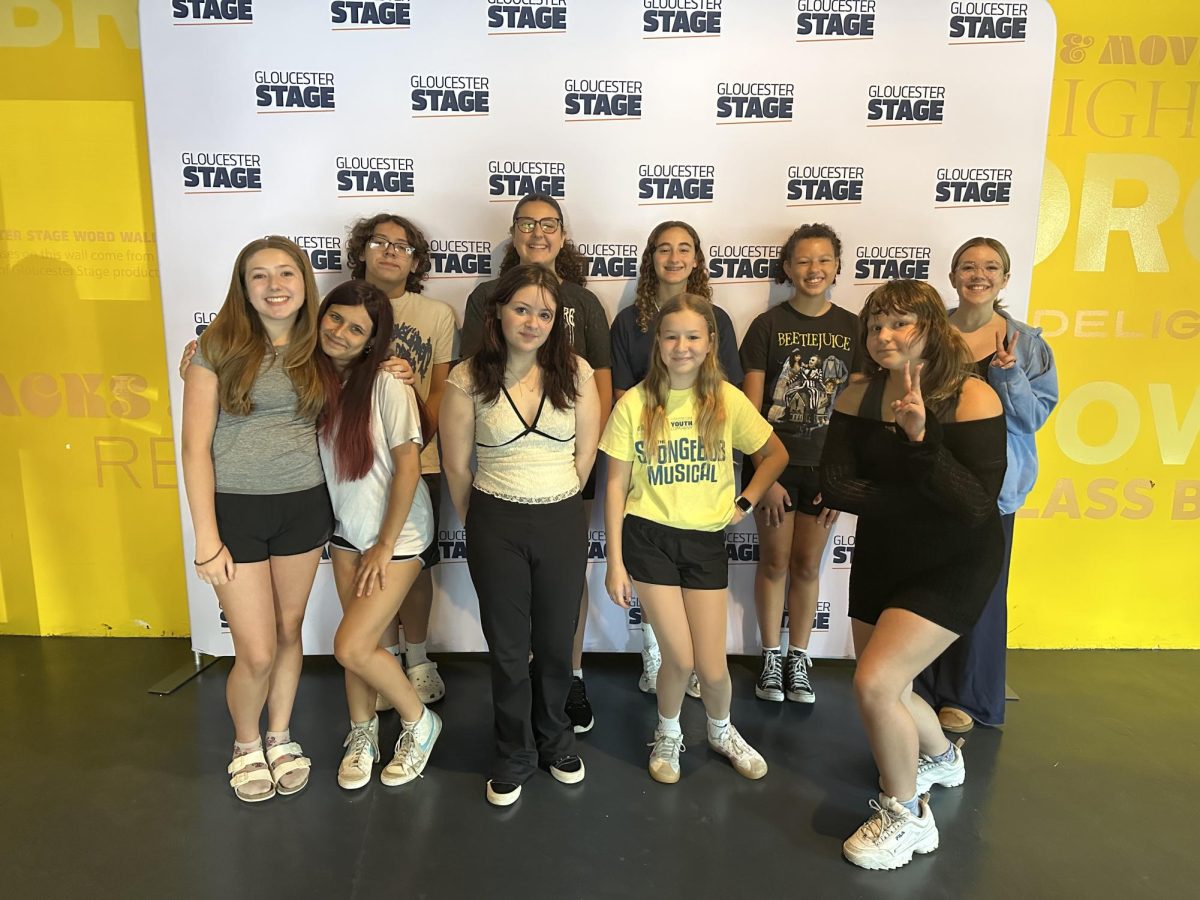
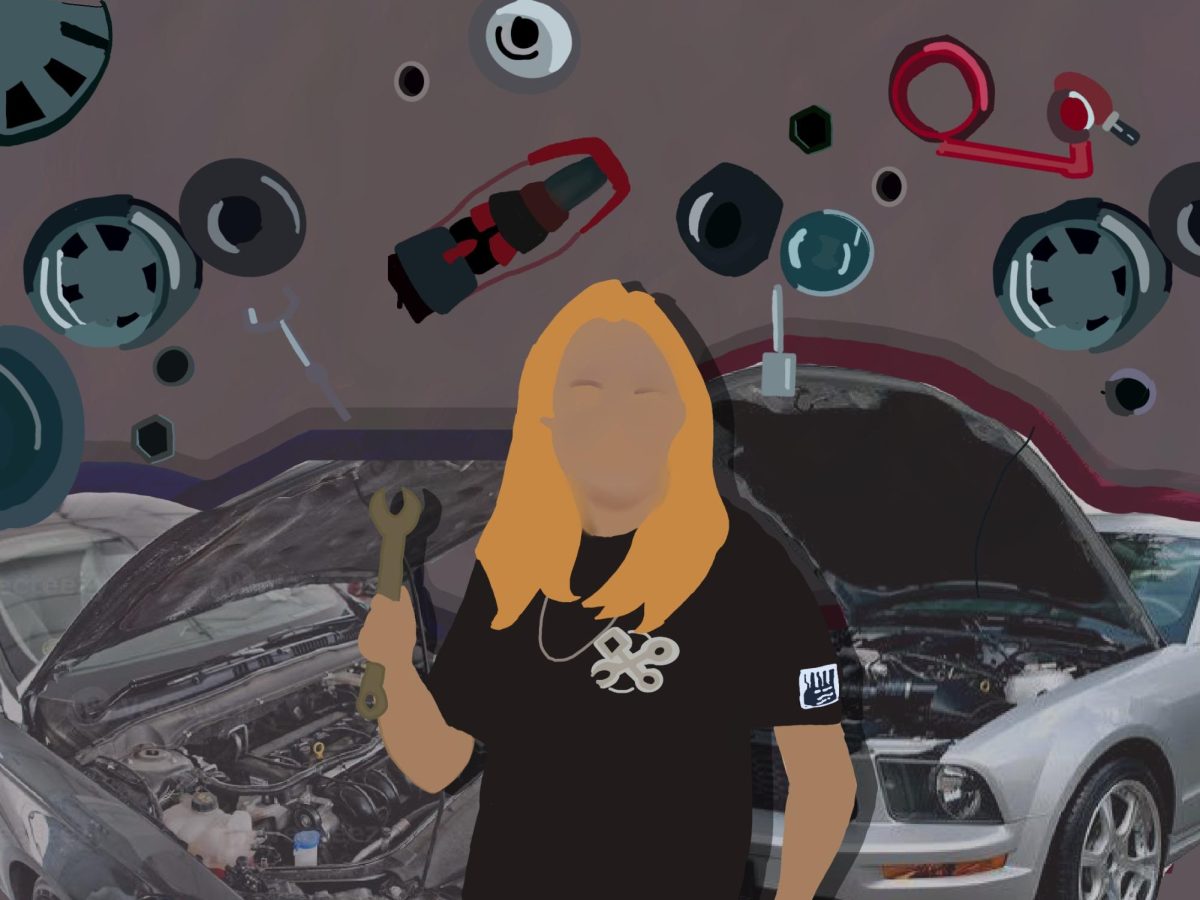

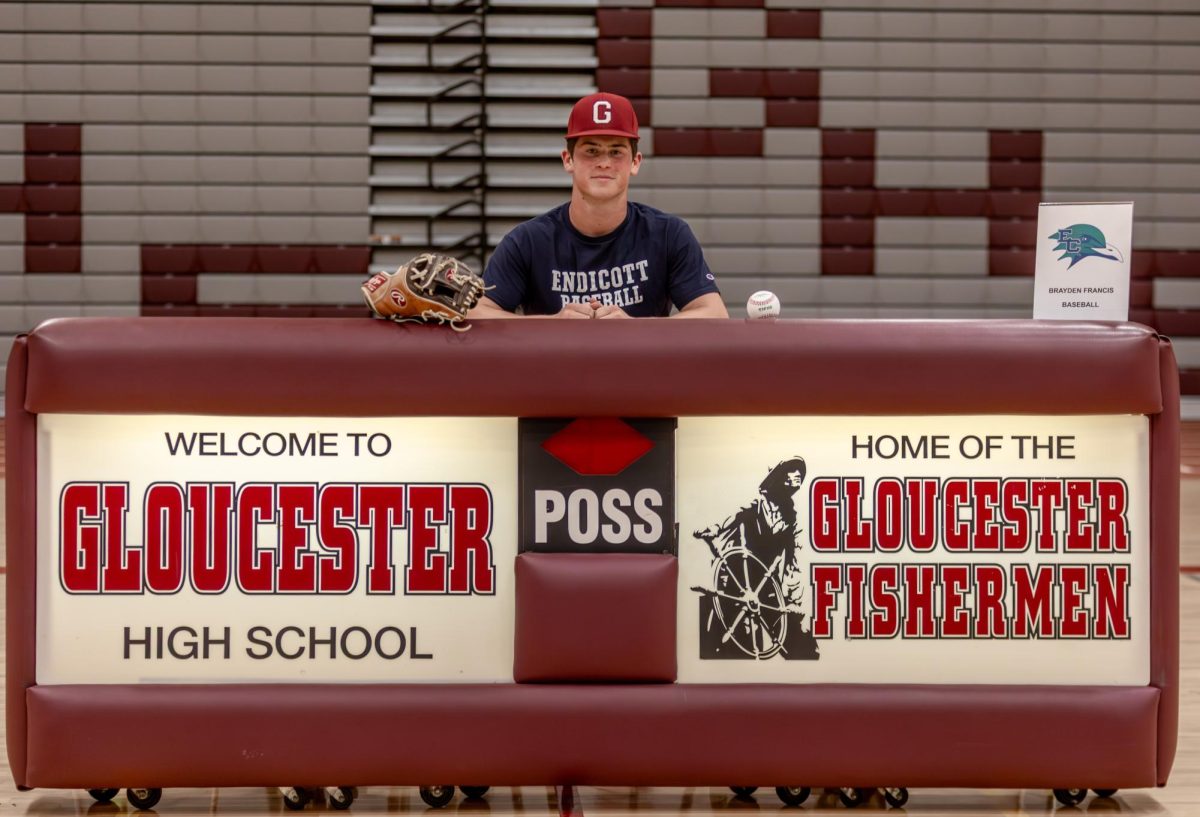
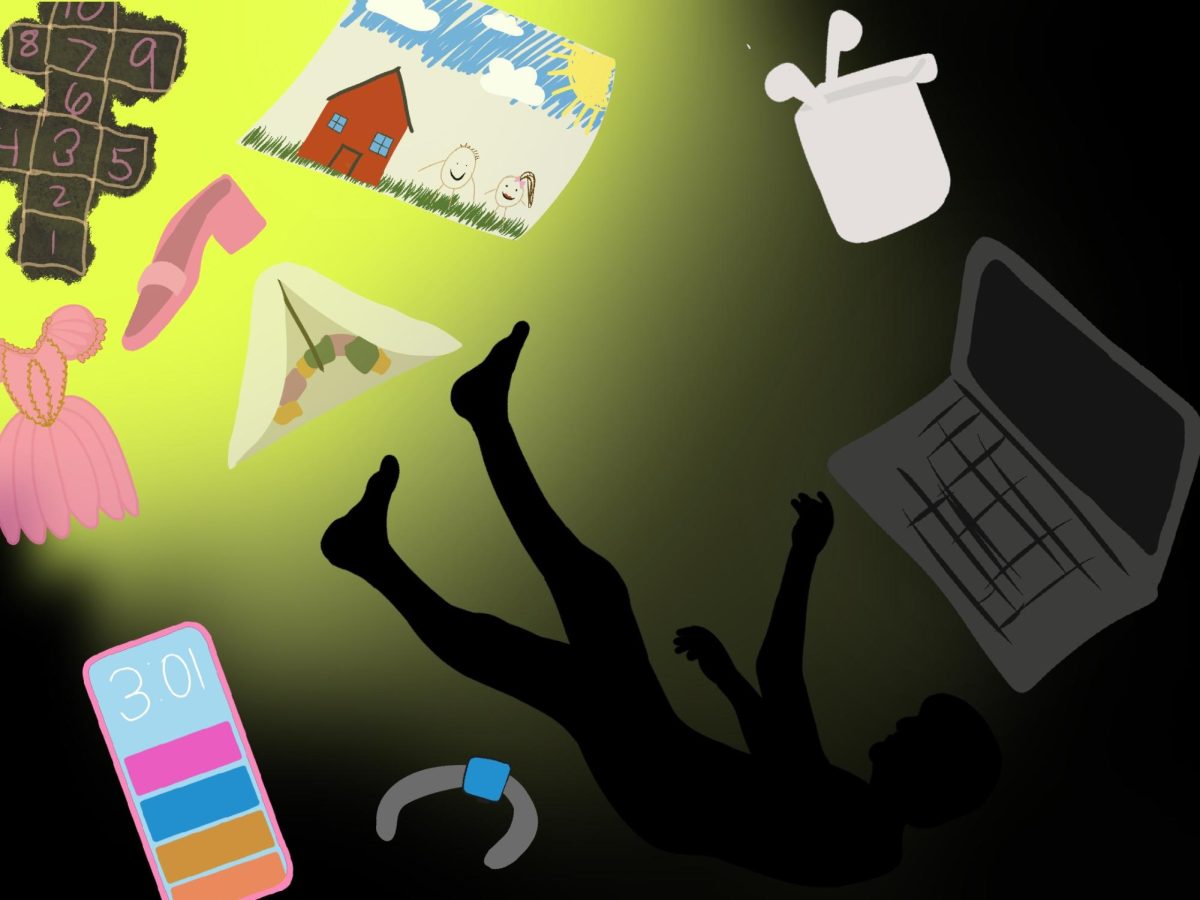

![The GHS/MERHS senior cross country runners pose together on Senior Night. [Photo courtesy of Manchester-Essex Athletics]](https://thegillnetter.com/wp-content/uploads/2025/10/Screenshot-2025-10-10-at-11.18.29-AM.png)
